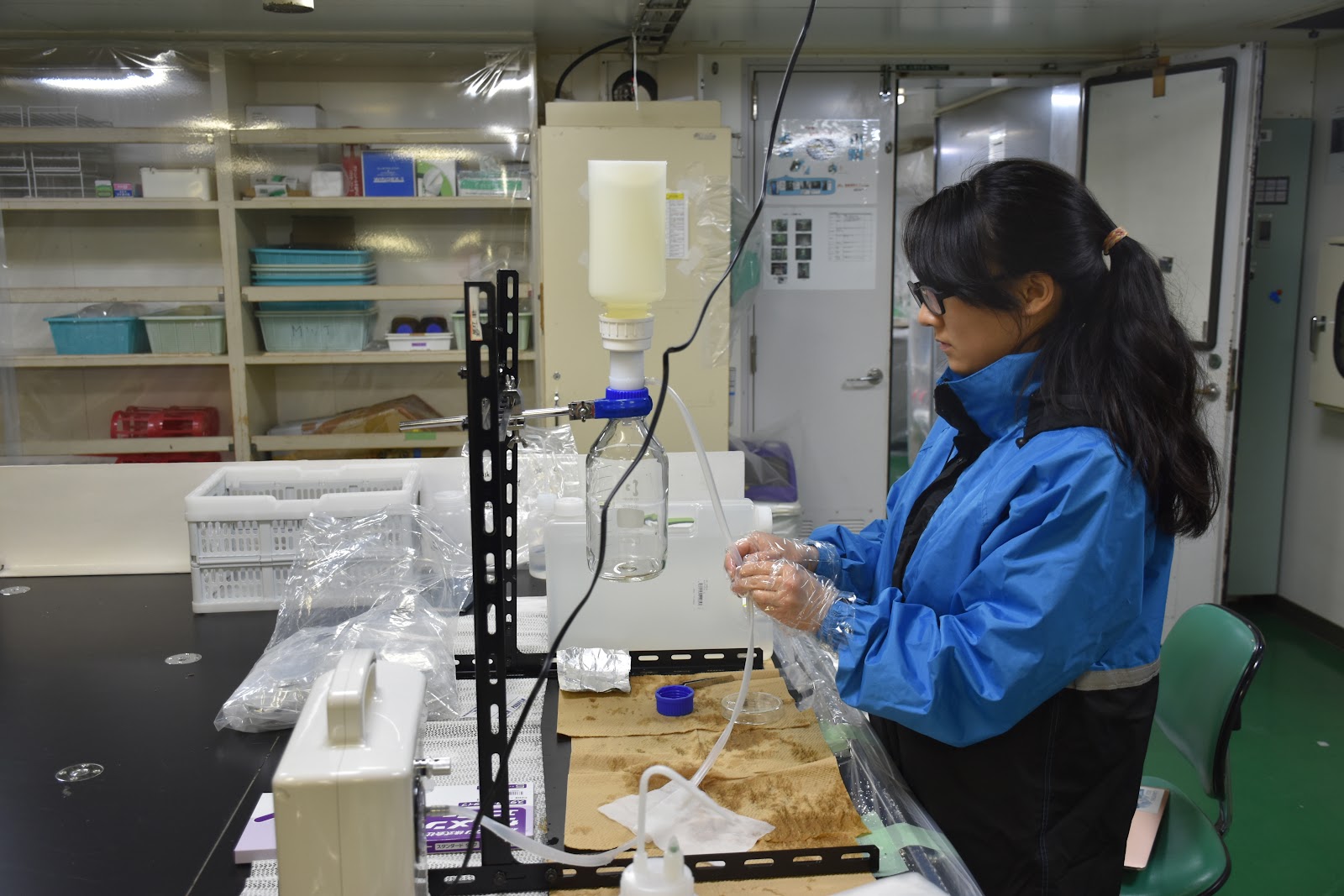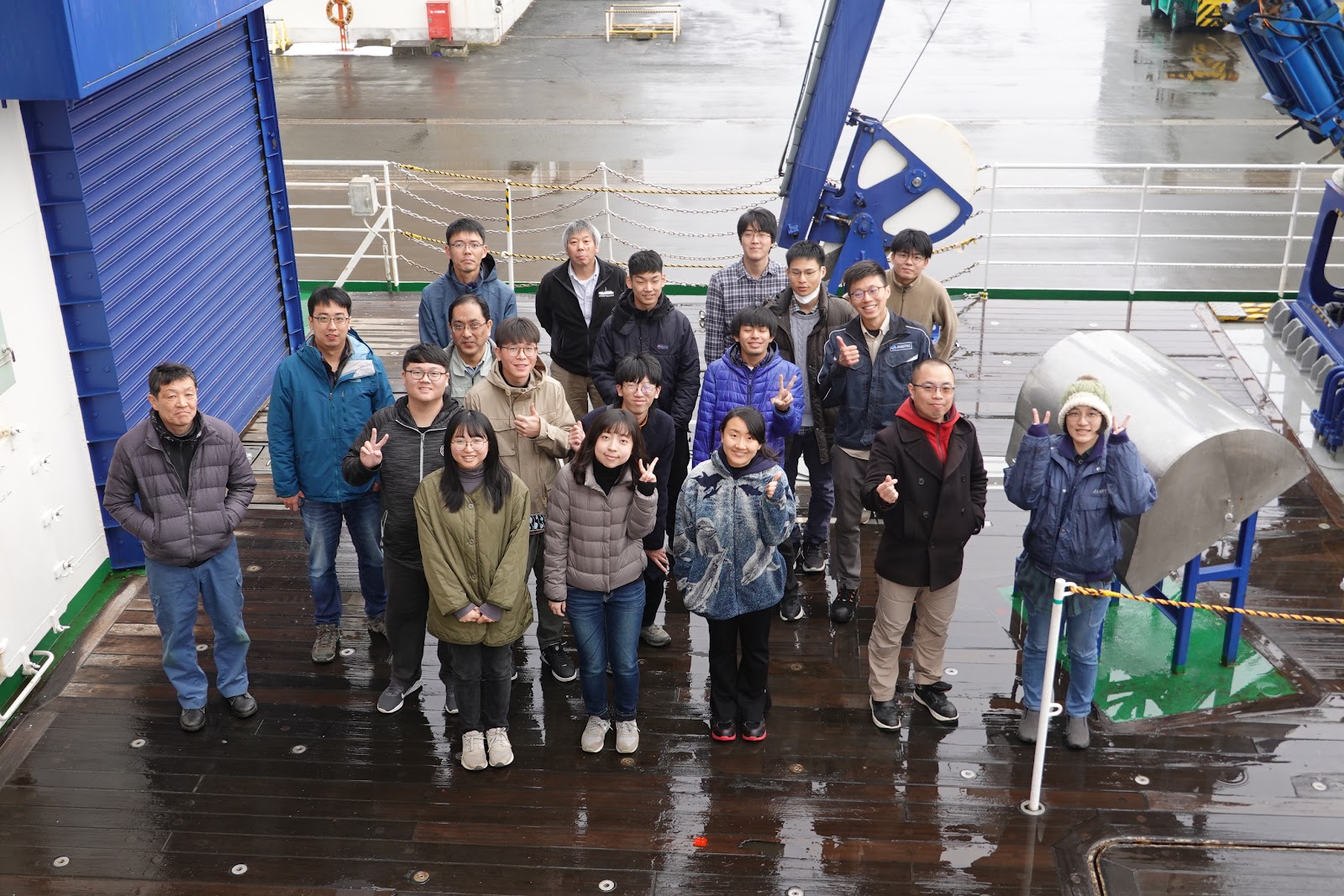[Geochemistry, Geophysics, Geosystems]
1. Monospecific Diatom Cultures Suggest Potential Interspecies Variation of Diatom-Bound Nitrogen Isotope Signatures Associated With Silica Acquisition
R. S. Robinson, C. A. Jones, I. A. Dove, R. P. Kelly, M. A. Brzezinski
2. A Holocene Paleosecular Variation Record From the Northwestern Ross Sea, Antarctica.
Olivia J. Truax, Faye Nelson, Christina R. Riesselman, Christian Ohneiser, Jae Il Lee, Kyu-Cheul Yoo, Bob Dagg, Gary Wilson
[Geophysical Research Letters]
3. Climate Warming and Deglaciation Drive New Peat Formation in the Southern Alps, Aotearoa/New Zealand
R. E. Fewster, G. T. Swindles, J. L. Carrivick, M. Gałka, T. P. Roland, M. McKeown, J. L. Sutherland, F. Tweed, D. Mullan, C. Graham, A. Gallego-Sala, P. J. Morris
4. Methane and Carbon Dioxide Production and Emission Pathways in the Belowground and Draining Water Bodies of a Tropical Peatland Plantation Forest
Pierre Taillardat, Jared Moore, Sigit Sasmito, Chris D. Evans, Tiara Alfina, Sophie Lok, Aditya Bandla, Muhardianto Cahya, Chandra S. Deshmukh, Rama Kant Dubey, Sofyan Kurnianto, Sanjay Swarup, Suria Tarigan, Muh Taufik, Massimo Lupascu, David Taylor
5. Contrasting CO2 Dynamics in Seagrass Meadows Between Organic Carbon (OC)-Rich Reef and OC-Poor Terrestrial Sediments: Implications for Enhanced Alkalinity Production
Wen-Chen Chou, Lan-Feng Fan, Mariche B. Natividad, Jian-Jhih Chen, Zih-Wei Tang, Huei-Fen Chen, Ping-Chun Chen, En-Cheng Kong, Yung-Yen Shih, Wei-Jen Huang, Chin-Chang Hung
6. Past and Future Modulation of the ENSO Teleconnection to Southeast Asian Rainfall by Interbasin Interactions
Emmie J. Le Roy, Caroline C. Ummenhofer
7. Pacific Controls the Co-Occurrence of Extreme Positive Indian Ocean Dipole and the Following Summer Tropical Indian Ocean Basin-Wide Warming
Shaolei Tang, Jing-Jia Luo, Zhiyuan Zhang
8. Constraining Future Antarctic Warming Under Five Different Emissions Scenarios in the CMIP6 Multi-Models
Yuqi Sun, Yulun Zhang, Yetang Wang, Petra Heil, Shugui Hou, Zhaosheng Zhai
9. Asymmetrical Ocean Carbon Responses in the Tropical Pacific Ocean to La Niña and El Niño
Chaofan Sun, Enhui Liao, Xueming Zhu
10. Asian Summer Monsoon and Orographic Winds Change the Pollen Flow in the Hengduan Mountains, Southwestern China
Hui Zeng, Zi-Yu Wang, Gui-Xing Chen, David K. Ferguson, Yu-Fei Wang, Yi-Feng Yao
11. Record Early Sea Ice Loss in Southeastern Hudson Bay in Spring 2024
C. Soriot, J. Stroeve, A. Crawford
[Paleoceanography and Paleoclimatology]
12. Reduced Penetration of Northern‐Sourced Waters Into the South Atlantic During the Last Interglacial Relative to the Holocene
B. B. Dias, C. M. Chiessi, A. M. Piotrowski, M. C. Campos, P. S. Jena, J. M. Ballalai, R. A. Nascimento, T. P. Santos, I. M. Venancio, A. Mashayek, A. L. S. Albuquerque
13. Timing of Pedogenic Carbonate Formation in Fine-Grained Soils: Decoupled T(Δ47) and δ18Ow Seasonal Bias
Rachel Havranek, Kathryn Snell, Sarah Brookins, Brett Davidheiser-Kroll
[Climate of the Past]
14. A comparison of the last two glacial inceptions (MIS 7/5) via fully coupled transient ice and climate modeling
Marilena Sophie Geng, Lev Tarasov, and April Sue Dalton
15. Pollen-based climatic reconstructions for the interglacial analogues of MIS 1 (MIS 19, 11, and 5) in the southwestern Mediterranean: insights from ODP Site 976
Dael Sassoon, Nathalie Combourieu-Nebout, Odile Peyron, Adele Bertini, Francesco Toti, Vincent Lebreton, and Marie-Hélène Moncel
16. Total air content measurements from the RECAP ice core
Sindhu Vudayagiri, Bo Vinther, Johannes Freitag, Peter L. Langen, and Thomas Blunier
[Geological Society of America Bulletin]
17. Mechanisms of bedding fracturing in the Junggar Basin, northwest China: Constraints from in situ U-Pb dating and C-O-Nd isotopic analysis of calcite cements
Chen Zhang; Xiangye Kong; Qiqi Wang; Min She; Feng Liang; Yixin Dong; Hao Xu; Jianhua He; Huadong Chen
18. Dynamic subglacial meltwater history archived in Antarctic subglacial lake sediments
Timothy D. Campbell; Mark L. Skidmore; Molly O. Patterson; John E. Dore; David M. Harwood; Amy Leventer; Alexander B. Michaud; Brad E. Rosenheim; Matthew R. Siegfried; August J. Steigmeyer; Martyn Tranter; Ryan A. Venturelli; John C. Priscu; Team SALSA Science

















